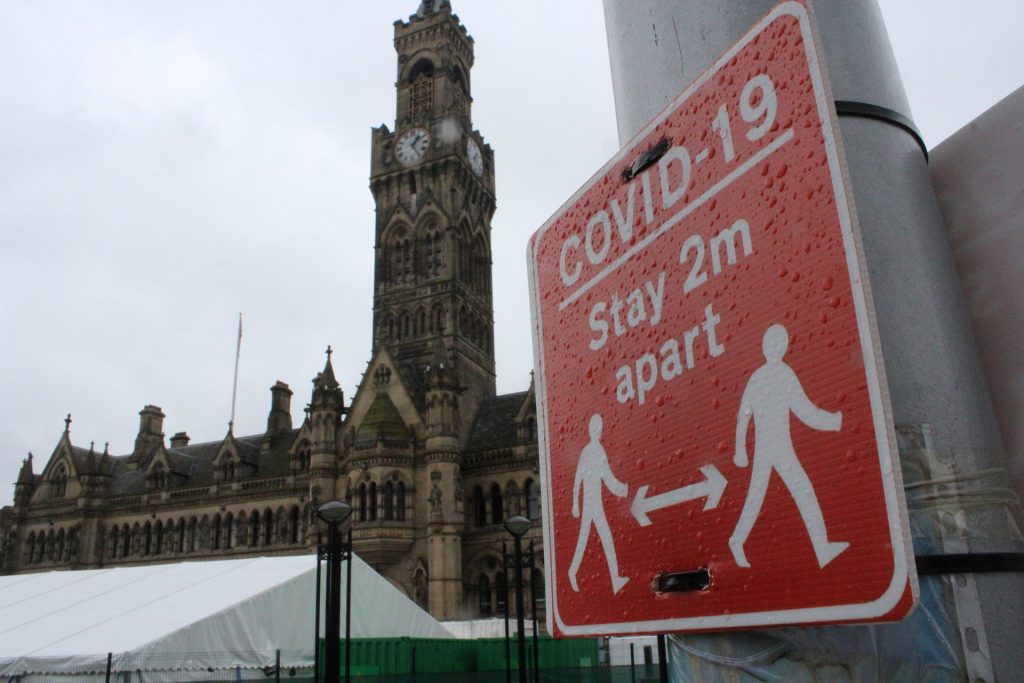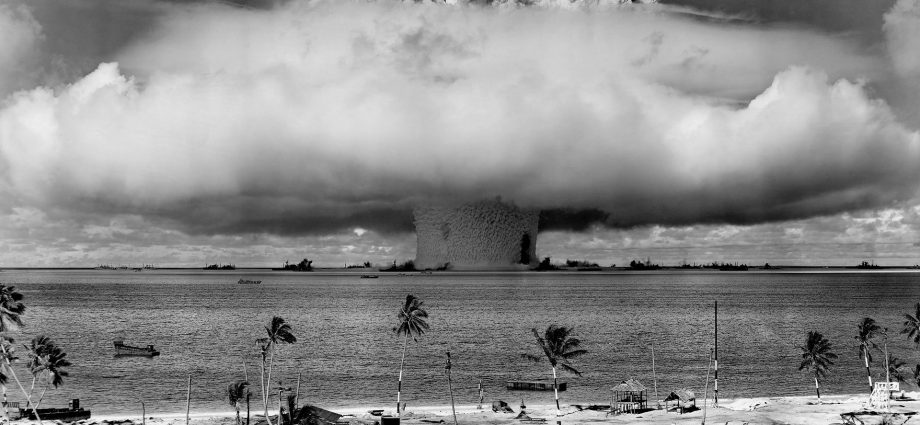What Causes the Mushroom Cloud in Beirut?
The shock of the terrible explosion in the Lebanese Port of Beirut on 4 August still continues. It has killed more than 150 people and injured thousands more so far.
It is estimated that the powerful explosion is equivalent to several hundred to several hundred tons of TNT. A huge mushroom cloud formed at the same time, similar to those seen after nuclear types. Some people watching the video online questioned whether the explosion was the result of an atomic weapon.
Explosive experts say the mushroom cloud probably originated from 2,750 tonnes of ammonium nitrate stock held in a warehouse at the port. Ammonium nitrate is a highly reactive chemical used in fertilizers. The substance is also used in the mining industry to break up large rock chunks, called ANFO (ammonium nitrate fuel oil).
The US Geological Survey (USGS) says the energy released by the explosion is equivalent to a 3.3 magnitude earthquake.
Ammonium nitrate does not ignite under normal conditions. However, it can explode if it is exposed to intense heat or mixed with a certain type of fuel. Early reports suggest that fireworks stored in the port caused the explosion.
The term mushroom cloud existed before the nuclear era, along with numerous historical explosion events. Mushroom clouds also occur when volcanoes or supernovae erupt. In both cases, the expanding gas accelerates, gathering into a denser gas field. Resembling a mushroom cloud, it causes a vortex of matter.
Although it is as powerful as the atomic ones that destroyed the cities of Hiroshima (August 5) and Nagasaki (August 9) in Japan; It lacks some qualities that would suggest a nuclear reaction.

A typical nuclear reaction begins with a burning white glow produced by the heat of the weapon’s radioactive components (usually uranium or plutonium). This energy released is so great and direct that it creates a powerful shock wave that can destroy buildings and trees. Nuclear weapons also emit a thermal vibration followed by rapid radiation emission. The vibrant red colour of the ball of flames that appeared in Beirut (seen in NO2 components and ammonium nitrate explosions) makes it different from an atomic bomb.
Although city dwellers need not worry about radiation poisoning, there may be other toxic substances in the air. According to the American Lung Association, when this gas spreads into the air, it can cause respiratory problems. High levels of ammonia in the air can lead to blindness, lung damage, and even death.
The red haze in Beirut began to disappear. Authorities are still pondering the exact causes of the blast. We convey our get well wishes to all Lebanese people.
Maybe you may be interested!




